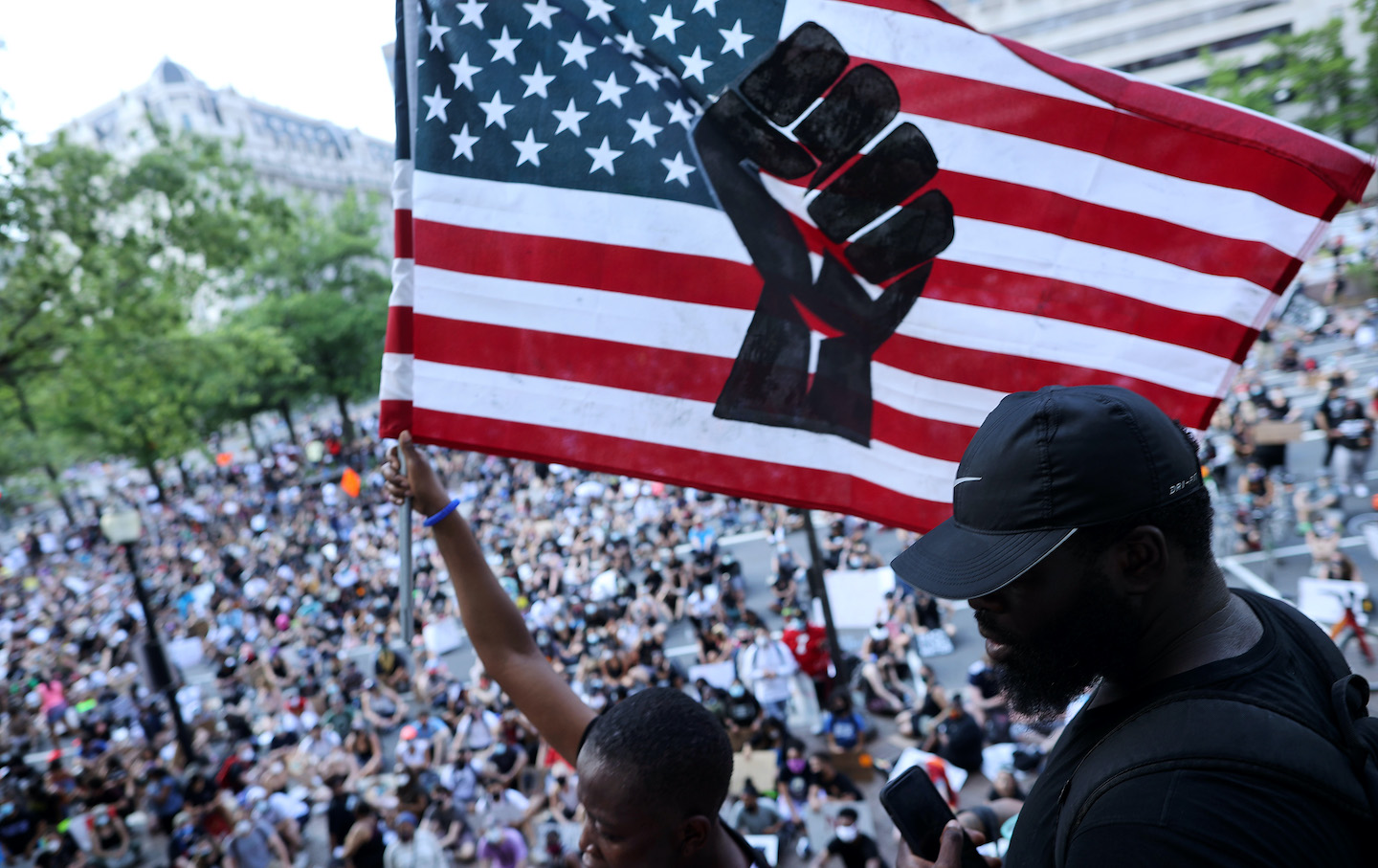
On June 19, 1865, the news of emancipation finally reached Galveston, Texas. On that day, the crack of the master’s whip would no longer be sanctioned by the laws of the United States. Exercising the powers vested in him by President Lincoln, Maj. Gen. Gordon Granger, along with more than 1,800 federal troops, marched into Galveston to announce General Order Number 3. Addressed to the “The people of Texas,” the order set out Granger’s task: to enforce the Emancipation Proclamation of 1863.
It was nearly two months after the end of the Civil War when freedom for the remaining enslaved persons in the deepest parts of the South, and the United States more generally, was confirmed. In plain language, the General read the order to the now freed population:
In accordance with a proclamation from the Executive of the United States, all slaves are free. This involves an absolute equality of personal rights and rights of property between former masters and slaves, and the connection heretofore existing between them becomes that between employer and hired labor.
Top ArticlesREAD MORESplit Screens
Thus, a full two years after the Emancipation Proclamation was issued, freedom for African Americans in the farthest corners of the American slave empire was conferred on the approximately 250,000 enslaved men, women and children in Texas who had been unaware of their already existing freedom. Six months later, in December of 1865, the 13th Amendment was ratified. Juneteenth is reasonably one of the most important, if not the most significant, dates in the American calendar for African Americans.










